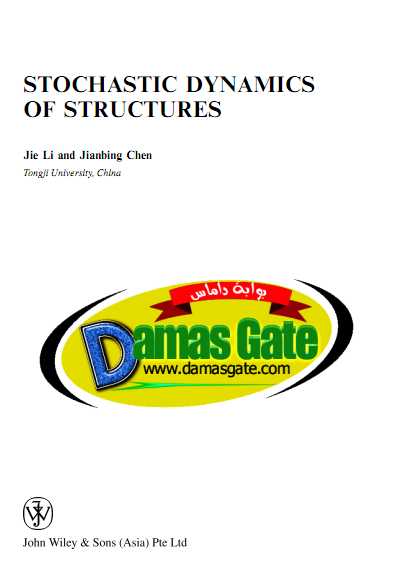Stochastic Dynamics of Structures

Preface
As a scientific discipline, stochastic dynamics of structures has evolved from its infancy in the
early 1940s to a relatively mature branch of dynamics today. In the process, basic random
vibration theory is believed to have been established in the late 1950s and mainly deals with the
response analysis of structures to stochastic excitations, such as the response of buildings and
bridges to wind loading and earthquakes, the vibration of vehicles traveling over rough ground
and the dynamic behavior of aircraft induced by atmospheric turbulence and jet noise. In the
late 1960s, the importance of the effect of randomness in structural parameters on the structural
response was recognized gradually and this led to stochastic structural analysis, or stochastic
finite-element analysis as termed by many researchers. There has been a large amount of
literature published in the past 40 years; however, careful people may find that random
vibration theory and stochastic finite element analysis seem to have developed in two parallel
ways. It is very hard for most engineers, even those specialists who are familiar with stochastic
analysis, to organize their knowledge of the two branches of dynamics in a systematic
framework. Therefore, the first aim of this book is to present a coherent and reasonably
self-contained theoretical framework of the stochastic dynamics of structures which may
bridge the gap between traditional random vibration theory and the stochastic finite-element
analysis method. We hope such a treatment will provide a comprehensive account for
stochastic dynamic response analysis, reliability evaluation and system control.
415 Pages
8.5MB
Download
http://s18.alxa.net/s18/srvs2/02/001...Structures.rar